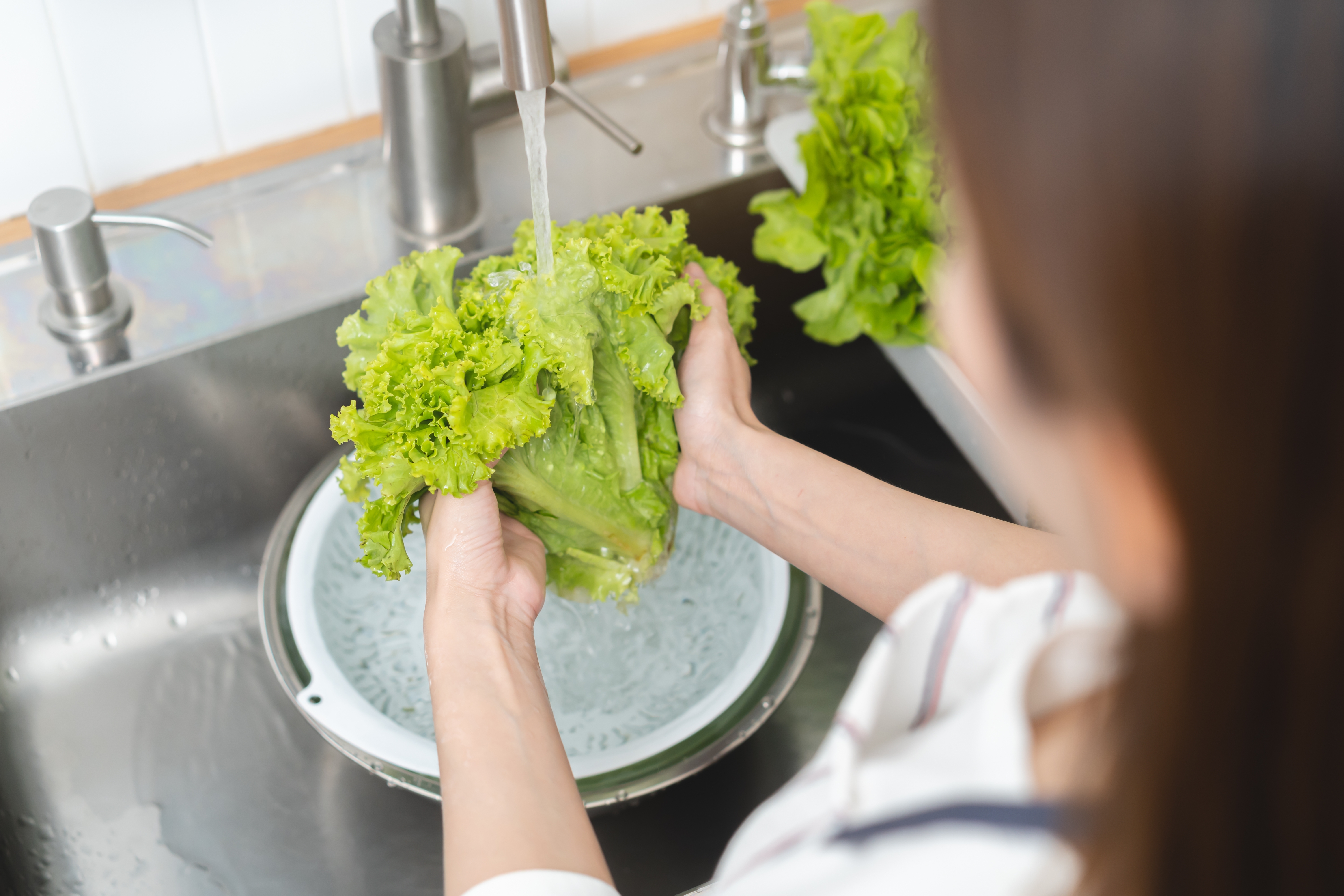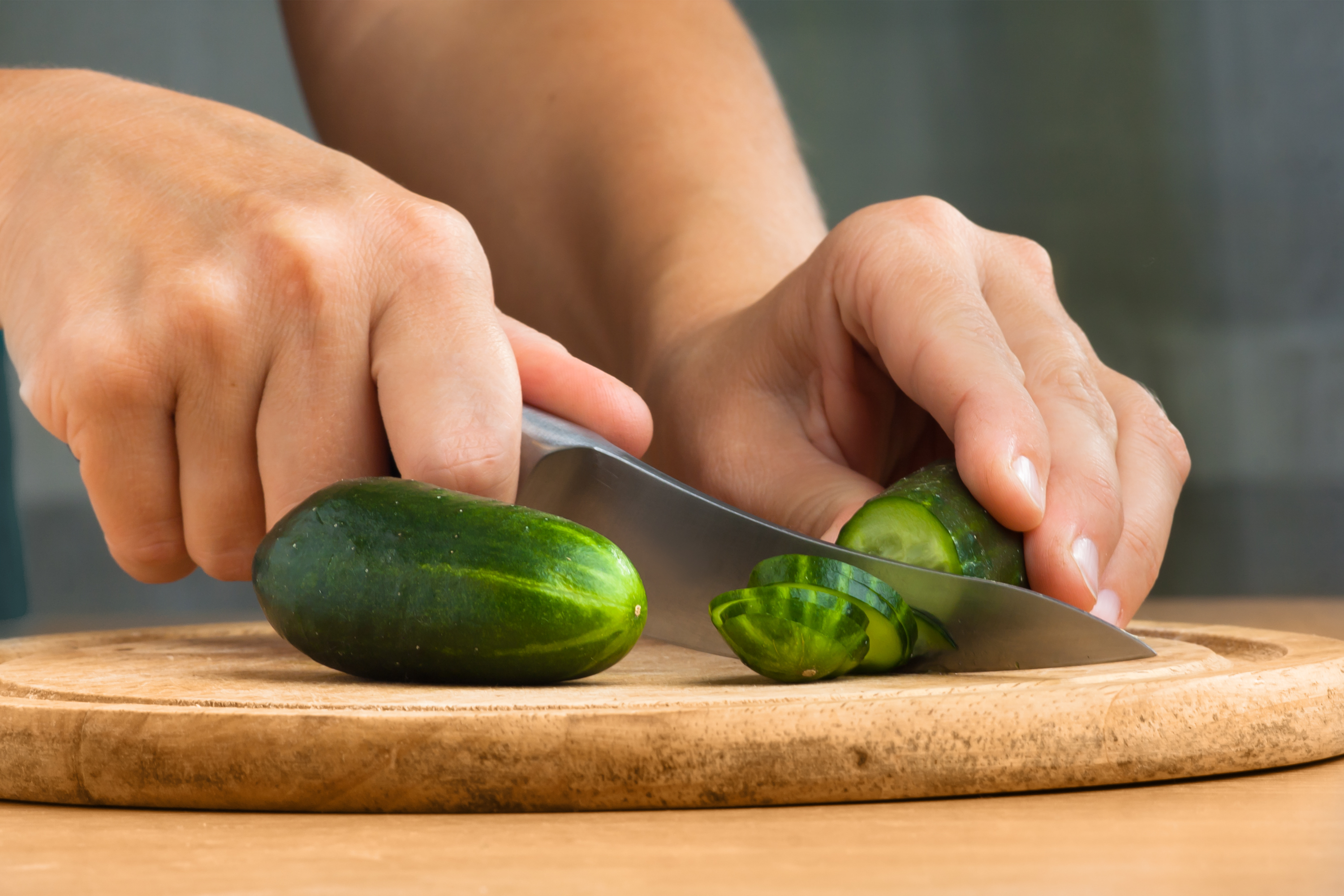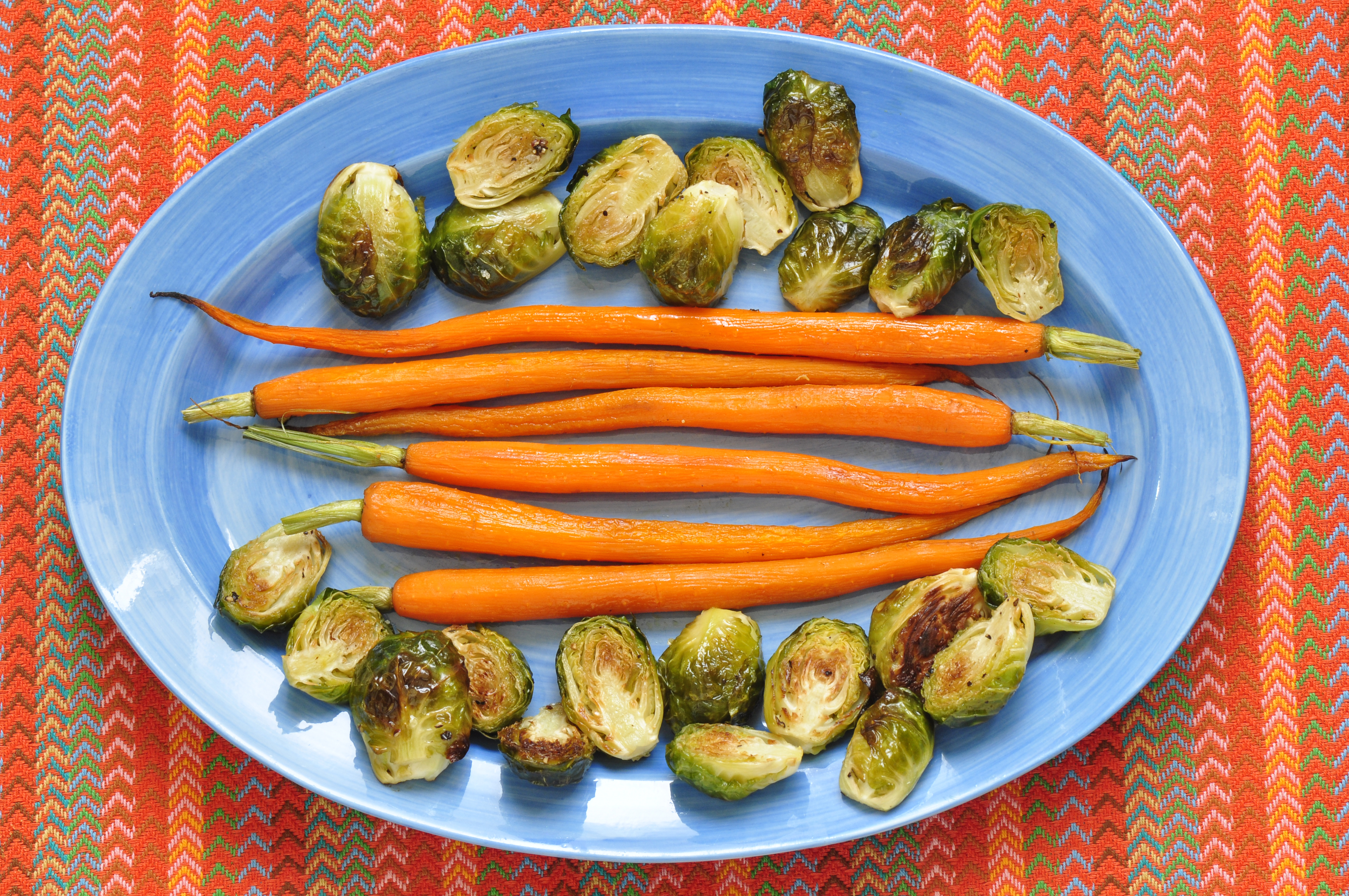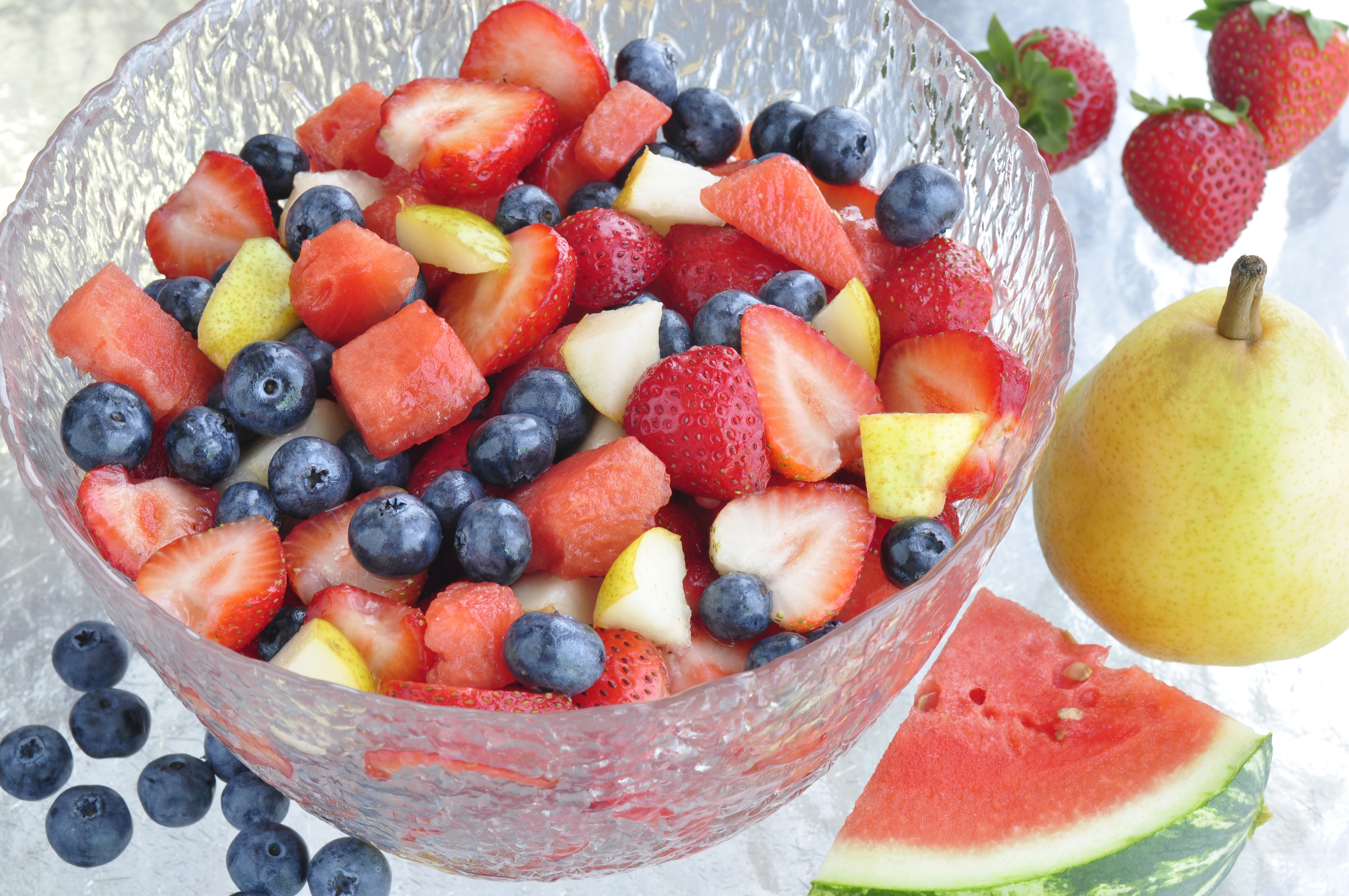
You may know that it’s important to wash your hands before cooking, but do you rinse your produce? Even produce with rinds or peels that you remove like an orange? Read on to learn why it is essential to rinse your produce before preparing food.
Why should I rinse produce?
Rinsing produce reduces your risk of foodborne illness. During production, packaging and selling, food can be contaminated with bacteria that can lead to sickness. Rinsing produce removes any bacteria, dirt and other contaminants.
Produce labeled as pre-washed does not need to be rinsed again. However, it is important to keep this produce refrigerated; otherwise, it won’t be safe to eat. For more information, check out our Food Hero Monthly on Salad Greens.
Read below for some helpful tips on effectively rinsing produce.
How should I rinse produce?
Rinse your produce under running water that is room temperature or cooler. Although you can rinse produce using water in a container, running water does a better job of getting bacteria and dirt out of and away from your produce. If you want to soak produce, use a clean container instead of your sink. Unless you have just sanitized your sink, it can harbor bacteria that can contaminate your produce. Don’t use soap or other detergents, as they are not necessary and can leave residues on your produce.

Should I rinse or should I scrub?
All our Food Hero recipes have steps for rinsing or scrubbing produce. You may be wondering what the difference is. The step depends on how tough the produce is. Produce like avocado, pineapple, cantaloupe, watermelon, root vegetables and other produce with a tough rind should be scrubbed under running water with a brush. Delicate produce such as berries, leafy greens and broccoli should be rinsed or soaked. For more information on specific produce, check out the “Store Well, Waste Less” sections of our Food Hero Monthlies.
Why do I need to scrub the peel of the produce if I am not eating it?
Think of slicing an avocado for a salad. Even though you won’t be eating the peel, you do cut through it with your knife. If you have not scrubbed the outside of the avocado, the knife could transfer any bacteria from the peel into the flesh. When you eat a slice of avocado, you could be eating bacteria too. The same is true for all produce with a peel. Also, peeling fruit that has not been rinsed can transfer bacteria from your fingers to the fruit. Always rinse fruits and vegetables before peeling, cutting or eating them.

When is it best to rinse produce?
Rinse produce right before eating or cooking it. Avoid rinsing produce and then storing it long-term in the fridge, because rinsing will leave the food moist enough for bacteria to grow. Your produce will spoil more quickly, leading to more food waste.
What else should I know?
- Always wash your hands with warm water and soap before rinsing produce.
- Use clean surfaces and utensils when rinsing produce.
- Rinse produce using water that is safe to drink.
- Once produce has been peeled or cut, refrigerate it immediately.
Want to learn more about food safety? Check out our Food Hero Monthly called Keep Food Safe.
Kids can help!
Kids can help with rinsing or scrubbing produce. Try these Kid-Approved Recipes to practice food safety with your family.






